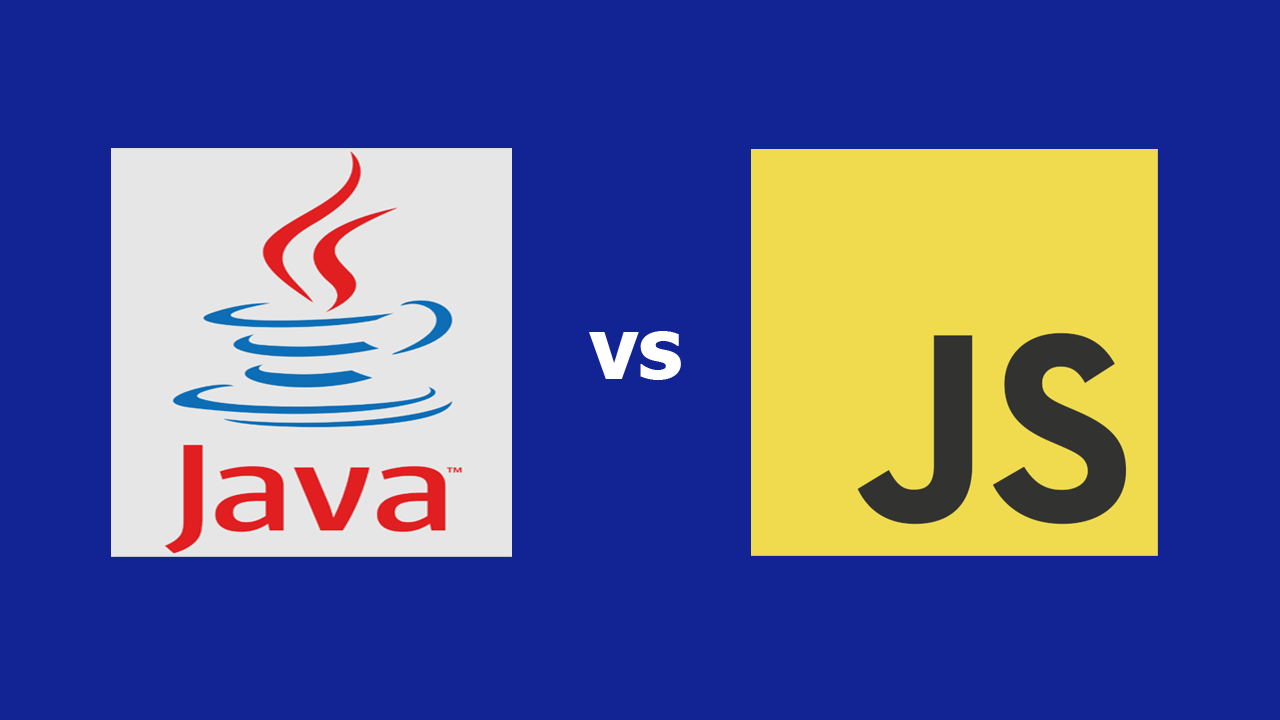The Edge Advantage: How Smart Small Businesses Are Winning Without Waiting

Image via Freepik You're running a small business. You're juggling inventory, customers, payroll — and somewhere in there, trying to stay ahead. That edge you're looking for? It might just come from the very edge itself — of your network, that is. Edge computing isn’t some abstract tech term anymore. It’s becoming the difference between “we’ll get back to you” and “we fixed it while you were typing.” And for small businesses, speed, control, and smart decisions are more than perks — they’re survival tactics. Quicker Decisions, Closer to the Action When your systems can respond the moment something happens — not five seconds later — you start operating in real time. That’s what edge computing allows: data processed right at the source, skipping the back-and-forth to distant servers. Imagine knowing your delivery truck’s delay the second it takes a wrong turn. Or updating a digital sign in-store without waiting on lag. By processing data closer to its source , yo...
















